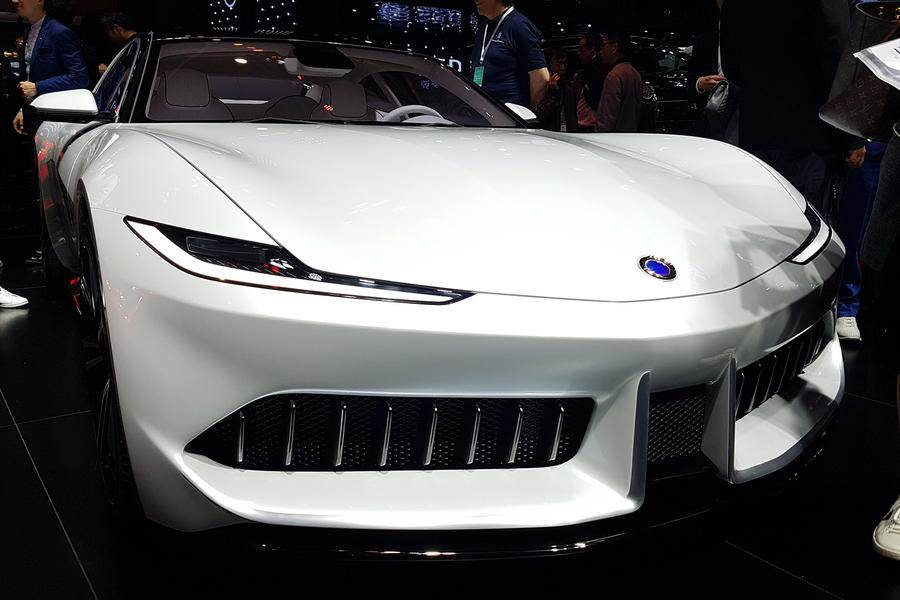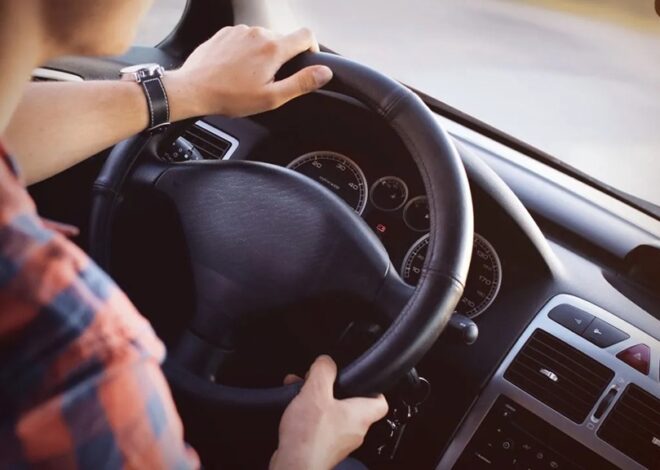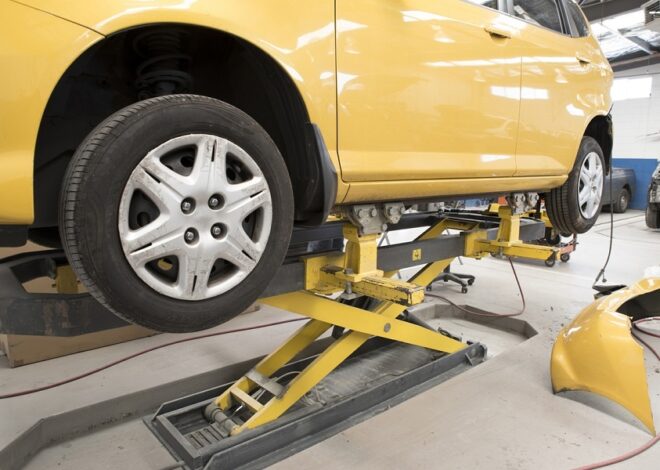
Understanding Vehicle-to-Everything (V2X) Communication Technology
Vehicle-to-Everything (V2X) communication technology is one of the most transformative innovations in the automotive industry, enabling cars to interact with their environment. V2X allows vehicles to communicate with other vehicles, infrastructure, pedestrians, and networks, enhancing road safety, reducing traffic congestion, and paving the way for autonomous driving. As the auto industry moves towards smarter, more connected systems, understanding how V2X works is crucial to grasping the future of transportation.

What is Vehicle-to-Everything (V2X) Communication?
V2X is an umbrella term that refers to communication between a vehicle and any entity that may affect or be affected by it. This includes Vehicle-to-Vehicle (V2V), Vehicle-to-Infrastructure (V2I), Vehicle-to-Pedestrian (V2P), and Vehicle-to-Network (V2N) communications. V2X uses wireless communication protocols to exchange real-time information between vehicles and their surroundings, allowing for greater situational awareness and more efficient driving.
Key Types of V2X Communication:
- Vehicle-to-Vehicle (V2V): Vehicles communicate directly with each other, sharing information like speed, position, and direction to avoid collisions and improve traffic flow.
- Vehicle-to-Infrastructure (V2I): Vehicles exchange data with road infrastructure, such as traffic lights, to optimize traffic management and reduce delays.
- Vehicle-to-Pedestrian (V2P): Vehicles detect and communicate with pedestrians, improving safety for vulnerable road users by predicting their movements.
- Vehicle-to-Network (V2N): Vehicles connect to the cloud or broader networks, enabling access to real-time traffic data, weather updates, and road conditions.
How V2X Communication Works
V2X communication relies on two primary technologies: Dedicated Short Range Communication (DSRC) and Cellular Vehicle-to-Everything (C-V2X). These systems allow vehicles to transmit and receive data over short and long distances.
- Dedicated Short Range Communication (DSRC)
DSRC operates on a secure, high-speed wireless communication network. It uses the 5.9 GHz frequency band, allowing vehicles to communicate with each other and infrastructure in real-time, even without a cellular network. DSRC is highly reliable, with low latency, making it suitable for safety-critical applications such as collision avoidance.
- Cellular Vehicle-to-Everything (C-V2X)
C-V2X is a more recent technology that leverages existing 4G and 5G cellular networks. It allows vehicles to communicate not only with other vehicles and infrastructure but also with cloud-based services. C-V2X supports long-range communication and enables more advanced applications such as autonomous driving and fleet management.
Benefits of V2X Communication Technology
The introduction of V2X technology brings a host of benefits that can revolutionize road safety, traffic management, and environmental impact. Here are some of the key advantages:
- Enhanced Road Safety
V2X allows vehicles to detect potential hazards well in advance, giving drivers more time to react and prevent accidents. For instance, if a car ahead suddenly brakes or a pedestrian steps into the road, V2X alerts the driver to take action. In the future, autonomous vehicles equipped with V2X will be able to respond to these signals automatically, reducing human error and improving safety for all road users.
- Improved Traffic Flow
With V2I communication, vehicles can receive real-time updates from traffic lights and road sensors, helping to optimize driving routes. This reduces traffic congestion, shortens travel times, and minimizes fuel consumption. By enabling smoother traffic flow, V2X can also help reduce the environmental impact of driving, lowering emissions in crowded urban areas.
- Supports Autonomous Driving
V2X is a key enabler of autonomous driving, providing self-driving cars with the information they need to navigate complex traffic environments. With V2X, autonomous vehicles can communicate with one another, infrastructure, and other road users to ensure safe and efficient driving.
- Emergency Response Optimization
In emergency situations, V2X can prioritize the movement of emergency vehicles by clearing traffic and adjusting traffic signals in real-time. This helps emergency services reach their destinations faster, improving response times and potentially saving lives.
Challenges and Future of V2X Technology
While V2X technology offers enormous potential, several challenges must be addressed to enable widespread adoption.
- Infrastructure Investment
For V2X to be fully effective, cities and municipalities need to invest in smart infrastructure, such as connected traffic lights and road sensors. This can be costly and time-consuming, particularly in older urban areas.
- Security and Privacy Concerns
As V2X involves the exchange of sensitive data, concerns about cybersecurity and data privacy are growing. Safeguarding against hacking and unauthorized data access is essential to ensure trust in the system.
- Standardization
There are ongoing discussions around the standardization of V2X technologies, particularly regarding the choice between DSRC and C-V2X. Global alignment on technical standards is critical for the successful rollout of V2X.
- Consumer Awareness and Adoption
Educating consumers about the benefits of V2X technology is another challenge. While automakers are starting to incorporate V2X systems in new vehicles, widespread adoption may take time as drivers become familiar with the technology.
Conclusion: The Road Ahead for V2X
Vehicle-to-Everything (V2X) communication technology is set to revolutionize how we drive, making roads safer, reducing traffic congestion, and enabling autonomous driving. As automakers, governments, and tech companies continue to invest in V2X, the future of transportation will become more connected, intelligent, and efficient. While challenges remain, the benefits of V2X are clear, and its potential to transform mobility cannot be overstated.



